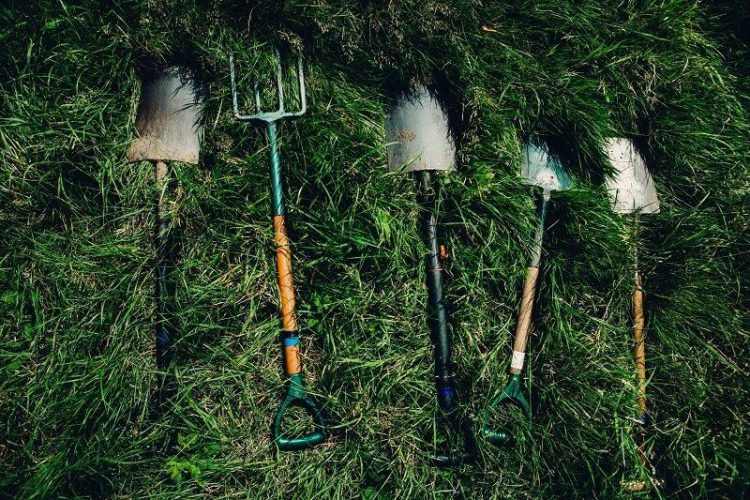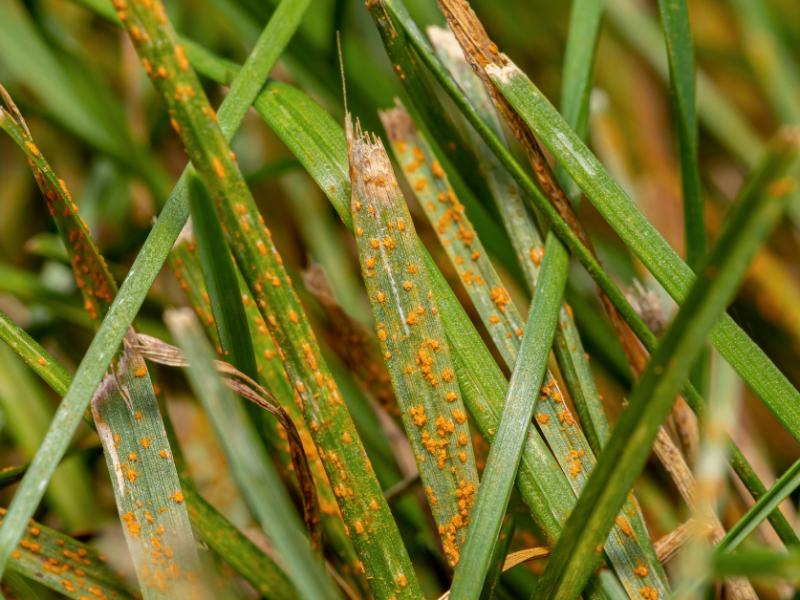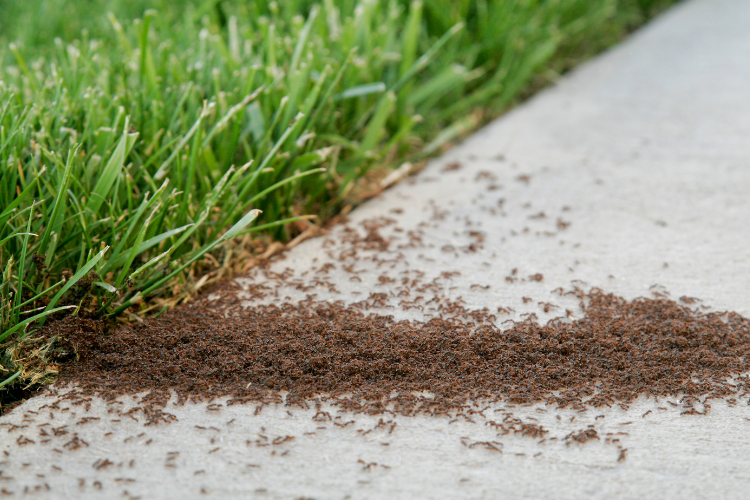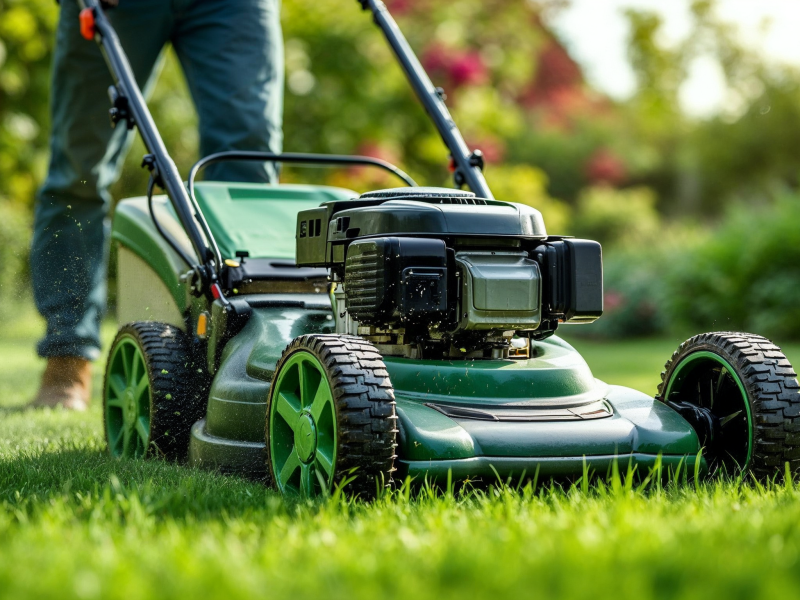May is here and spring has settled in for good. The British weather might still be a bit unpredictable, but the wildlife and plants in your garden will certainly know that it’s spring! We’ve got a list of all the gardening jobs that need doing this May to keep your plants healthy and growing at their best.
Lawn
Reseeding – There’s still time for reseeding before the summer sunshine kicks in! Reseeding helps to fill thin patches and get your lawn looking healthy and thick ready for summer. It’s important to sow new seed before the weather gets hot so the ground stays moist throughout the germination period, and that the seeds and intense sunshine doesn’t scorch new growth.
Aeration – An aeration treatment will help your lawn prepare for summer. Hollow tine aeration or spiking both loosen compact soil and allow water to permeate through the ground, ready for any dry periods ahead.
Watering – If the weather becomes hot and dry, you should water your lawn around once a week to keep the soil moist and your grass healthy and green.
Fruit and Vegetables
Asparagus – Harvest asparagus spears before they reach 18cm tall to get the tastiest crop.
Thinning out – Thin out vegetables which you’ve planted directly into the garden such as carrots, spinach and lettuce seedlings to ensure that the plants have space to develop. Water the rows well to keep them moist.
Harden off tomatoes – Prepare seedlings that have been grown indoors to be put outside so they’re strong enough to withstand winds and temperature fluctuations. To do this, put the seedlings in their pots outside for increasing periods of time during the day and return them to the greenhouse or indoors during the night. The best thing to do is to gradually increase their time outside and start when conditions aren’t too windy or extreme. Eventually, they can be left out permanently.
Runner beans – Make supports out of bamboo canes for your runner beans.
Peas – Support pea plants using twigs or small sticks.
Rhubarb – Harvest rhubarb, but only pick around a third of the stems to allow them to continue to develop.
New fruit trees – Keep new fruit trees well watered as they grow. Also remove blossom or growing fruit so they don’t produce a harvest this year, but can put their energy into growth. This ensure they become well-established and will remain healthy in years to come.
Gooseberry bushes – Check your gooseberry bushes, particularly in the centre, for gooseberry sawfly caterpillars which are very small, green caterpillars. These will quickly consume the leaves of the bush if not removed.
Netting – Put netting up to protect soft fruits such as strawberries and raspberries from birds.
Weed – Continue to weed around all your plants so they’re not competing for nutrients and sunlight.
Flowers
Spring bulbs – Resist the urge to cut back the foliage of spring bulbs that have finished flowering. Instead, let them die and break down on their own. This helps to ensure that they’ll look fantastic next year!
Harden off new plants – Seedlings that have been growing indoors need to be hardened off before being moved outside permanently, including dahlias, canna and other new plants. Move seedlings outside during mild days, gradually increasing time outside over the course of 7-10 days until they’re ready to spend the night outdoors!
Trim – Once they’ve flowered, trim back spreading plants like aubrieta, alyssum and candytuft. This helps keep them under control, but also means more energy can go into producing flowers. Trim lavender plants too by cutting back growth by about an inch and removing old flower heads.
Forget-me-nots – These can easily takeover space if not controlled, so lift some of the plant to prevent heavy seeding during May.
Sweet Peas – Use support rigs to tie in sweet pea plants and encourage them to climb up their supports.
Climbing roses – Tie in climbing or rambling roses to control and encourage their growth. Tying the branches to run horizontally encourages more flowers.
Weed – Make sure you weed flower beds to prevent your flowers from having to compete for nutrients.
Other Gardening Jobs
Air your greenhouse – On warm days, opening vents and doors to air your greenhouse. When it’s hot, you can damp down the greenhouse to increase humidity, which in turn helps plants cope with the heat. Simply wet hard surfaces such as paths. As the moisture evaporates, the air will become more humid.
Trim hedges – Trim hedges, particularly evergreen hedges, to control their size.
Remove weed from ponds – Remove duckweed and blanket weed from ponds to ensure that sunlight can continue to permeate the water and to prevent weeds from getting out of control. Make sure you lay the weed out at the edge of the pond overnight before your dispose of them so any insects or pond snails can escape back into the water.





